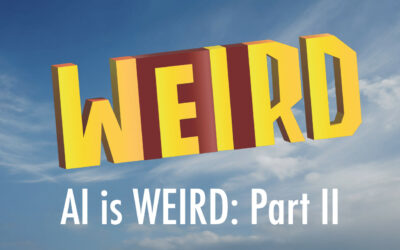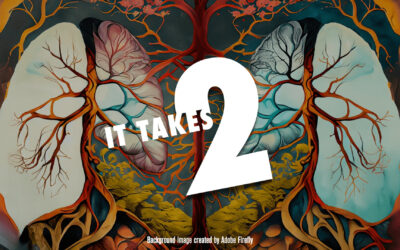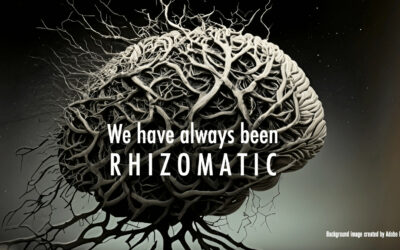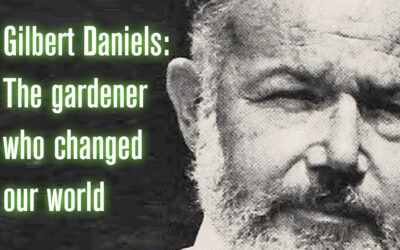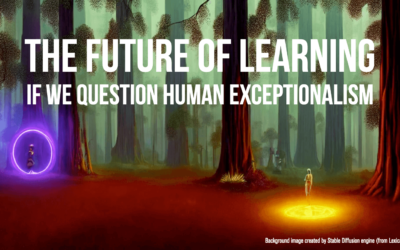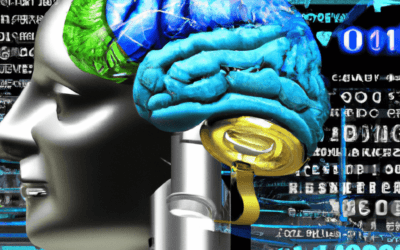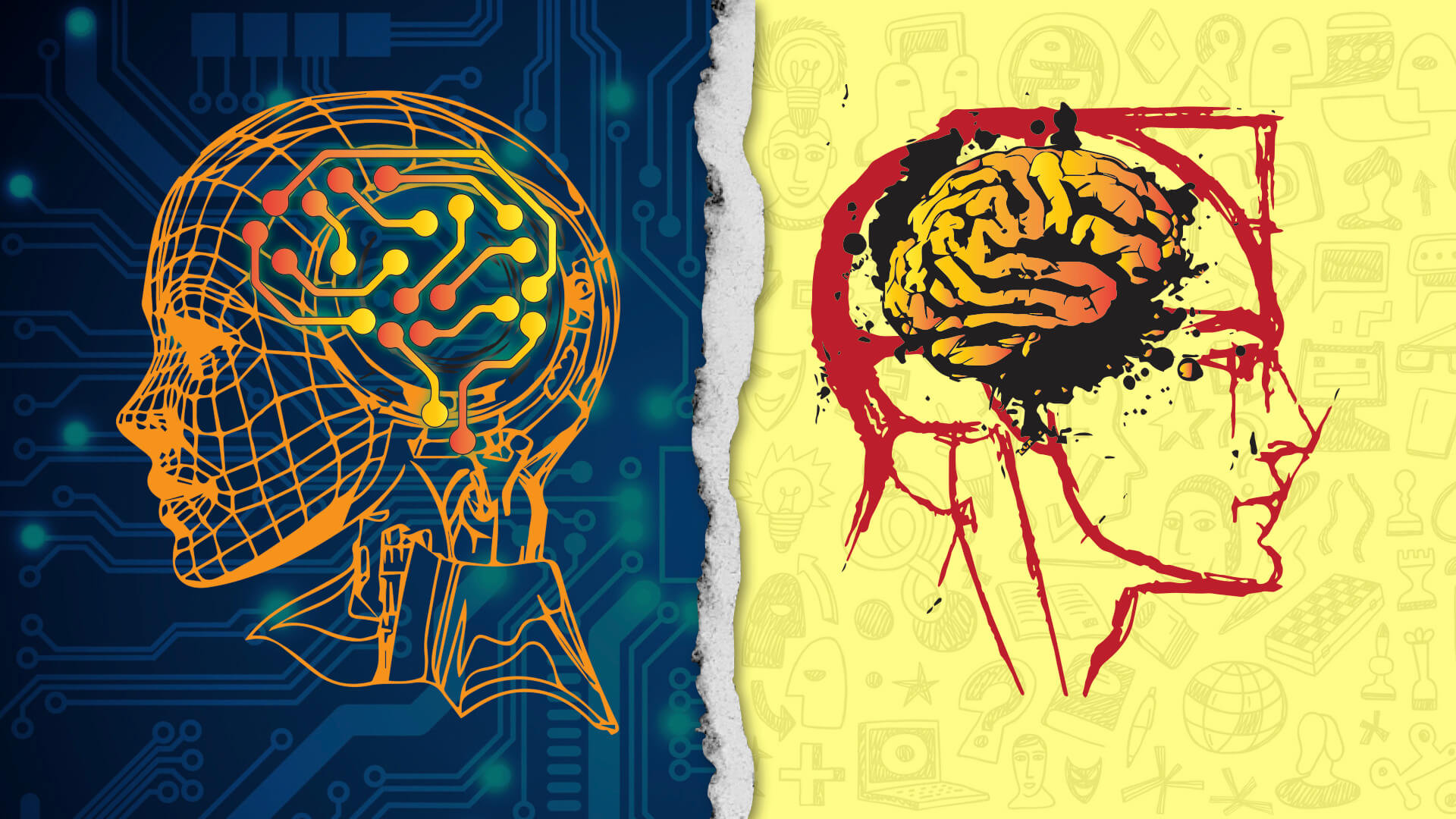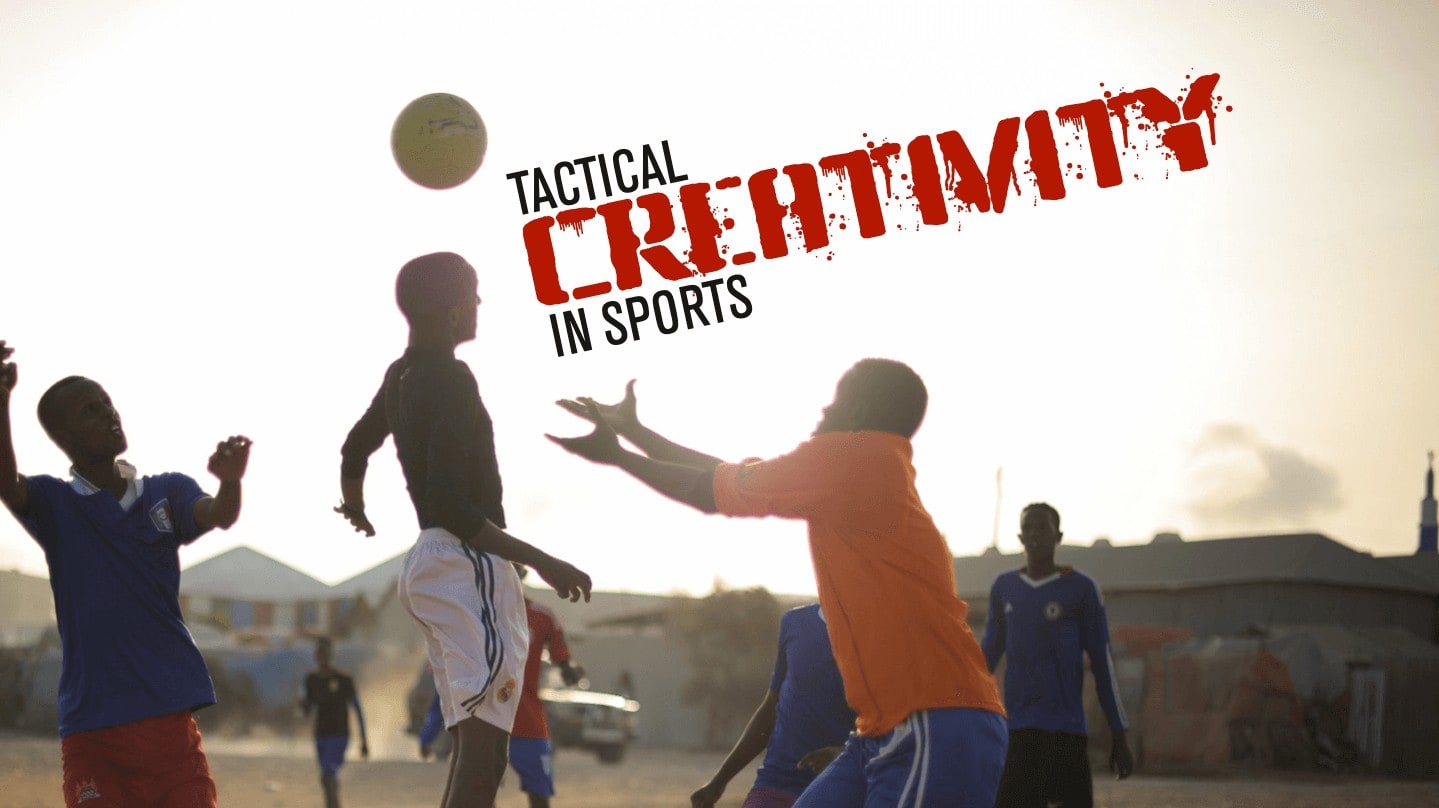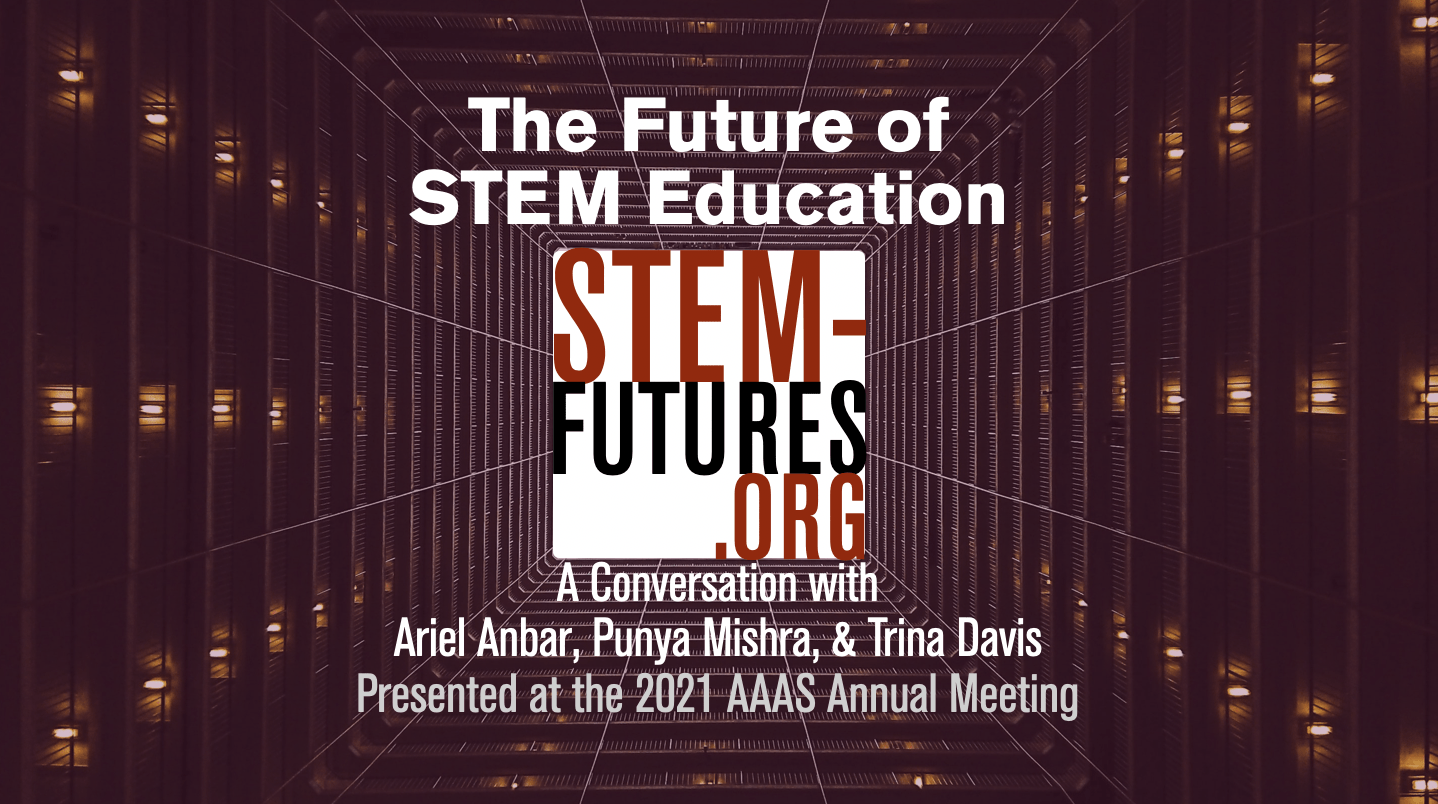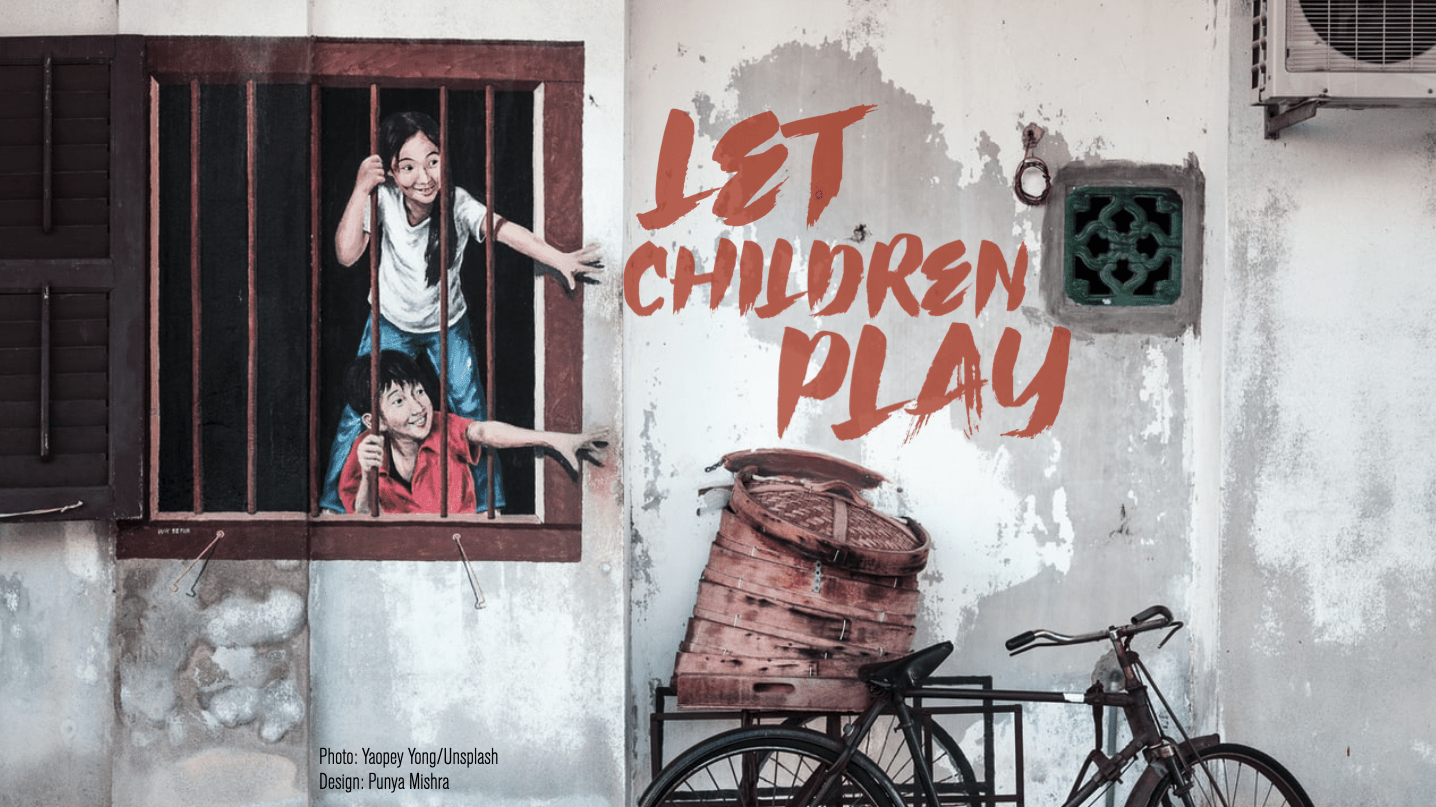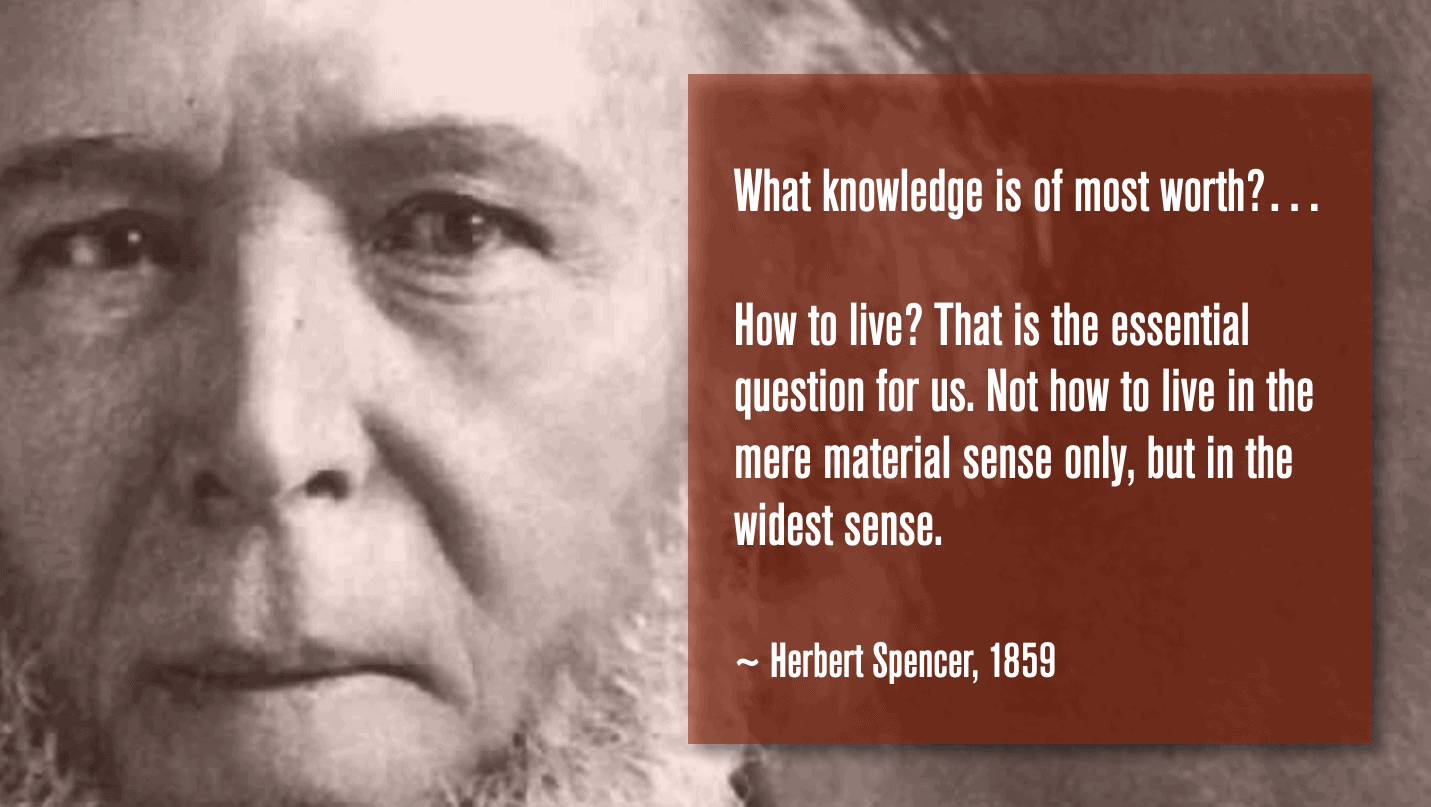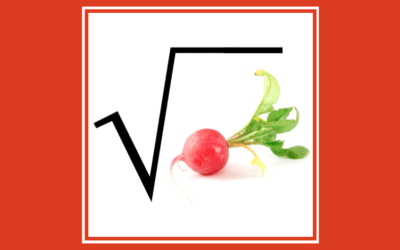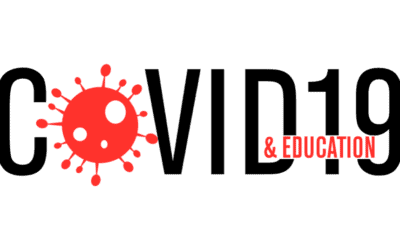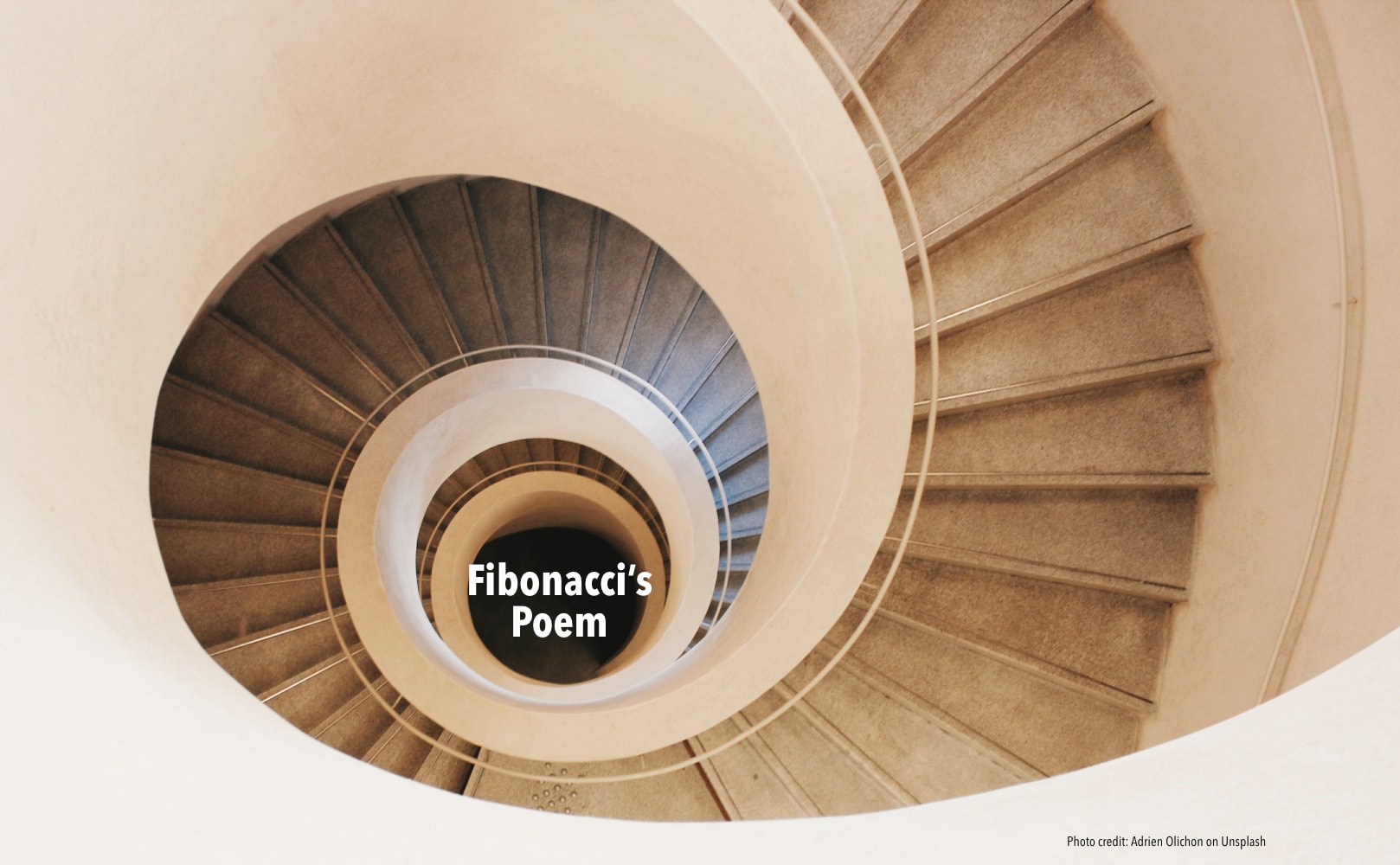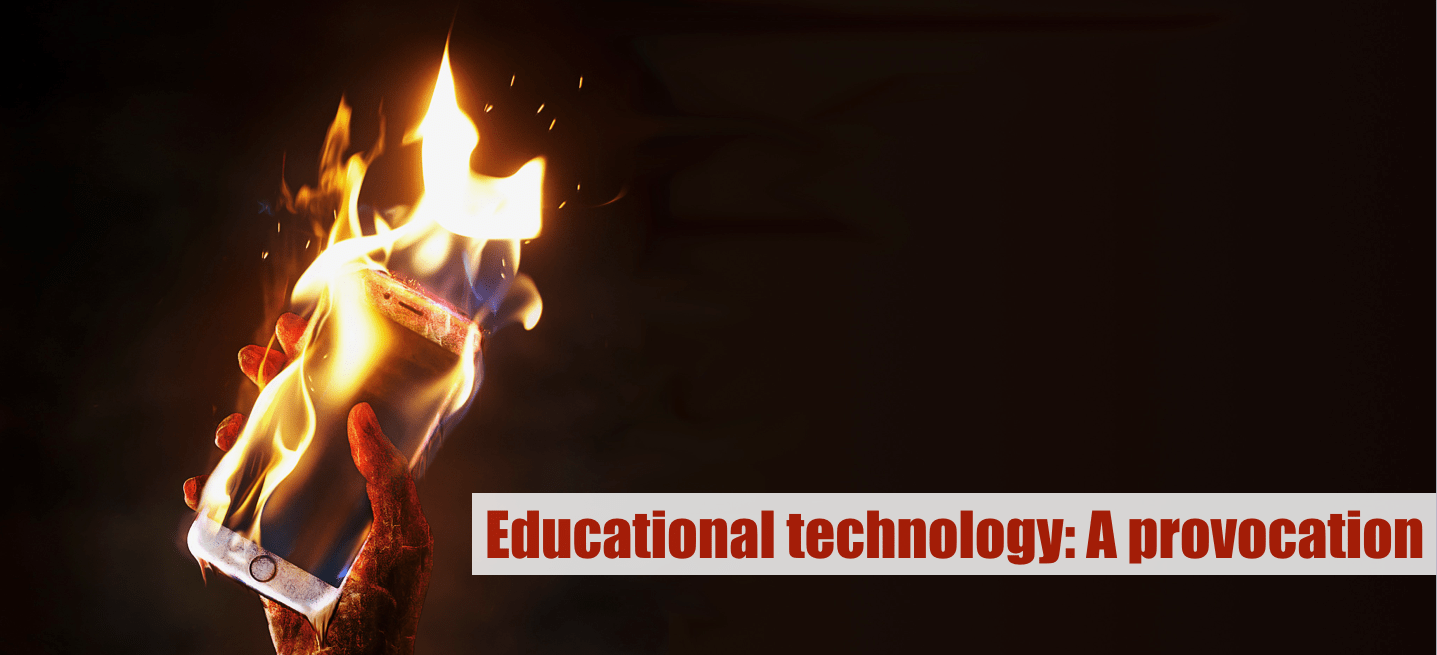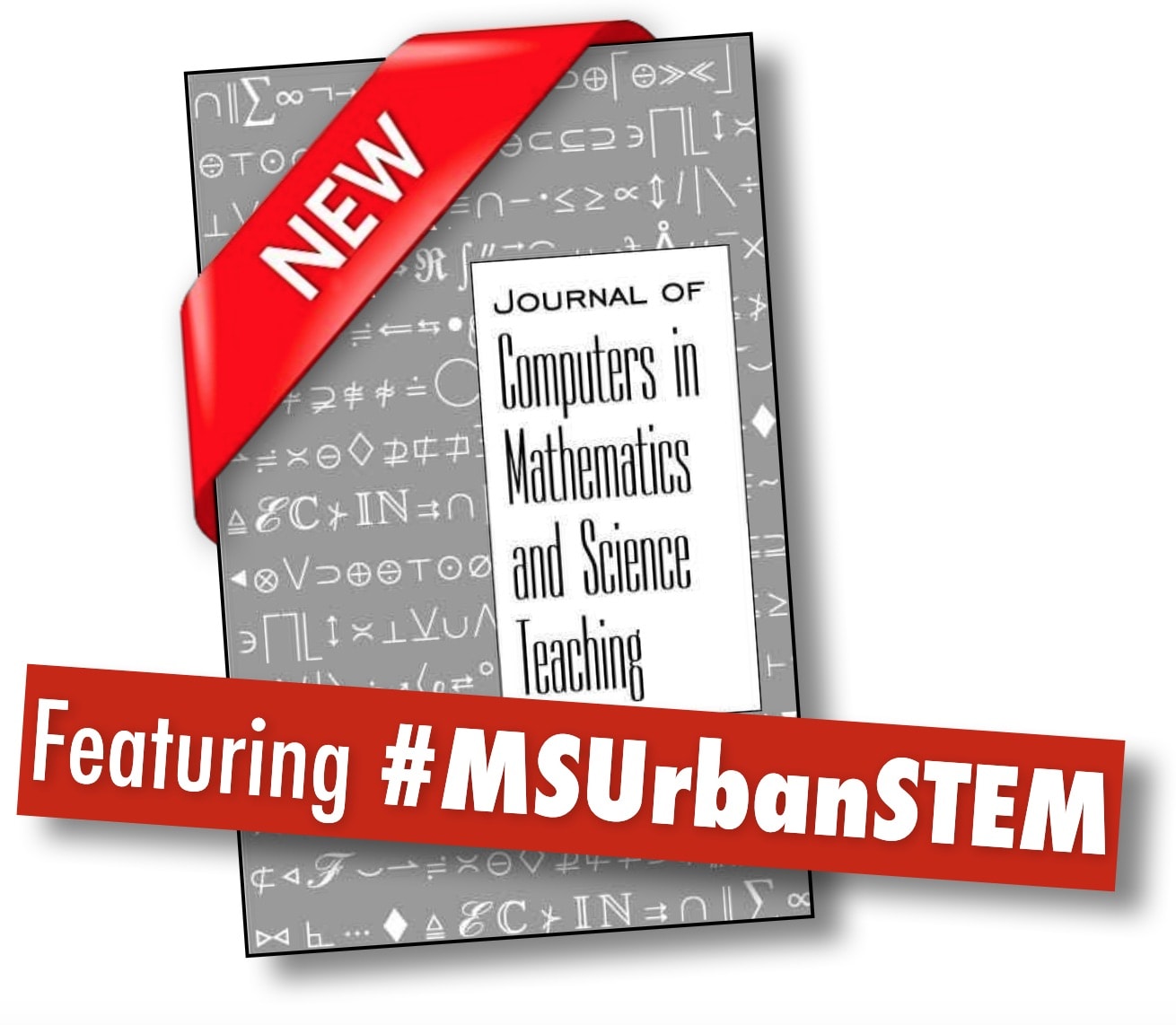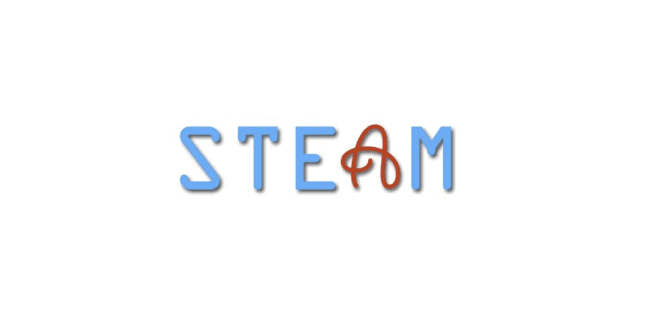Note: The image above is an original design - showing "AI" embedded in the word "WEIRD" Generative AI is weird... as I had written in my previous blog post, identifying some key characteristics I had described in a recent Keynote presentation. In the process of...
It Takes Two: A scientific romp using AI
Dark 'n' Light is an e-zine that "explores science, nature, social justice and culture, through the arts and humanities." It is a labor of love by a small, dedicated team led by Susan Matthews, former legal and policy wonk, turned editor and podcaster. I came to know...
We Have Always Been Rhizomatic
Danah Henriksen and I were recently asked to write a foreword for a book titled New Directions in Rhizomatic Learning: From Poststructural Thinking to Nomadic Pedagogy edited by Myint Swe Khine. This was a fun foreword to write and allowed us to explore a range of...
Gilbert Daniels, the gardener who changed our world
Note: I wrote and submitted this piece as an op-ed to the Indianapolis Star to be published on April 14, 2023, exactly 3 years after they had published Gilbert Daniels' obituary. It would have helped set the record straight about his amazing contribution to the world...
Speculative fiction and the future of learning
One of the most fun projects I have been part of was working with authors of speculative fiction around the futures of learning. This was the result of a collaboration with the Center for Science and the Imagination, Slate magazine and New America (supported by the...
On merging with our technologies (Unpacking McLuhan 4/3)
This is the fourth of what was supposed to be a three post-series about how media influence our thinking. The first post, uses the invention of writing and print to unpack the meaning of McLuhan’s statement, “The medium is the message.” The second post, focuses on a...
Can a computer program be sentient? Insights from Rodolphe Topffer, the father of comic books
Can a computer program be sentient? Or are machines just getting good at "behaving" in ways that make it seem that way? And what does the work of a 18th century caricature artist (and father of the modern comic book) help us understand what is going on when we...
Tactical creativity in sports
Daniel Memmert is Professor and Executive Head of the Institute of Exercise Training and Sport Informatics at the German Sport University Cologne. A lifelong sports player and enthusiast, Memmert’s research is at the intersection of human movement science, sport...
STEM Futures at AAAS
ASU recently hosted, what is known as, the world's largest scientific gathering, the annual conference of the American Association of the Advancement of Science. As as part of this conference I was invited, along with Ariel Anbar and Trina Davis, to talk about our...
Let children play: From evolutionary psychology to creativity
As a part of our ongoing series on creativity we recently spoke with Dr. Peter Gray, professor of Psychology at Boston College. Dr. Gray’s interest in creativity emerges as a consequence of his background in evolutionary psychology and interest in how humans (and...
Designing the futures of STEM education
“What knowledge is of most worth?” is a question asked over a 100 years ago by the English philosopher, Herbert Spencer. His unequivocal answer was—science. This question (and his answer) resonates even today, though the context within which it is asked, and how we...
Of metaphors & molecules: Bridging STEM & the arts
Update on blog post that was published May 30, 2018 - since the article is now published (2 years since it was accepted for publication). Square Root: Illustration by Punya Mishra What do President Kennedy's speeches have to do with cell biology? And what does the...
COVID19 & Education
The COVID19 crisis has disrupted education globally at an unprecedented scale. In some ways, we are living through the largest educational social experiment in history! Over the past year I have been involved in a range of initiatives, discussions, interviews, and...
Fibonacci’s Poem
Fibonacci’s PoemDecember 10, 2019 (!)OneWordIt startsSlow but sureExpanding out numerically, adding moreMarching forward, doing the math, not asking why Knowing the ratio of words, in this line and previous, will equal Phi!A number, elegant, emergent, magical; found...
Technology & Education: A provocation
Jill Castek, at the University of Arizona, invited me to participate in an NSF funded workshop on developing "Principles for the equitable design of STEM learning environments." The event was being held at Bioshpere 2, which is this awesome place near Tucson. Because,...
Creativity and the urban STEM teacher
I have written previously about the MSUrbanSTEM project and what it has meant to me. Over the past couple of years we have also published about this line of work (most prominently in a special issue of The Journal of Computers in Mathematics and Science Teaching)....
Multiple metaphors & science learning: New article, new illustrations
180-degree rotational ambigram for "metaphor." I have been (co)writing a series of articles for iWonder: Rediscovering School Science, a journal for middle school science teachers, published by the Azim Premji University. (Previous articles in...
STEM teaching & leadership for urban educators
The MSUrbanSTEM project was one of the best projects I have ever been part of. We worked with 124 Chicago Public School STEM educators over three years, in an effort to develop their teaching and leadership in the STEM areas. We have written about this...
KJZZ interview on STEAM education
I was interviewed recently by Mark Brodie of KJZZ.org for a story titled: STEM Vs. STEAM: Educators Urge Adding The Arts To Classrooms. You can listen to the interview on their page by clicking on the link above, or the MP3 below. My piece comes in at around the 3:14...
Good-Evil Ambigram in Pub Med!
My Good-Evil oscillation ambigram design is easily one of my most popular designs - having made it to multiple publications, websites, covers of magazines, on the TV Show Brain Games... and now it has made its way into a medical research journal Frontiers of...
Poetry, Daisies And Cobras: A Class With Manjul Bhargava
An amazing presentation by Manjul Bhargava (Fields medal winner in Mathematics) to school children in India. See how he effortlessly combines poetry, nature, music and mathematics. Watch an excerpt on YouTube below or the complete video here....
Embodied Thinking: New article
Photo: Punya Mishra; Santiago, Chile, 2014 Rethinking Technology & Creativity in the 21st Century is a series of articles we have been writing for Tech Trends. The latest article in the series has just ben published. This article focuses on Embodied Thinking as a...
Of clouds, lentils and deep geometries
Back in March of 2012 I was on a plane flying back from the SITE2012 conference in Austin, Texas and noticed an interesting cloud-formation through my airplane window. This intrigued me enough that I took a picture. Here it is (click on the image for a larger...
The search for pattern, beauty & intelligent life…
Connecting birds nests to "crop circles under the ocean" leading to some thoughts on perception, beauty and finding intelligent life in the universe (or maybe even on this planet). The other day I found a bird's nest on my front lawn. Most probably it had fallen down...
The joy of learning: Of fire and trees and Dr. Feynman
Trees are some of the largest living things in the world. They can weigh tons. For instance the One Oak Tree project measured and weighed a 222 year old Oak tree - and it's weight was 14.4 Tonnes (3.86 tonnes of which was dry weight). That's a lot of stuff! And this...
Cheating in a test, why that’s the way to go
I just read this wonderful essay by UCLA professor Peter Nonacs titled: Why I Let My Students Cheat On Their Game Theory Exam. In this essay he describes an experiment he recently conducted in his game theory class. This is what he told his students a week before the...
On performing one’s identity: A thought inspired by Jonathan Miller
It is difficult, in a world buffeted by change, to know what to hold on to. I often wonder about this when thinking of teaching and learning, when thinking of the speed at which technology is changing the world we live in... What do we hold on to? What do we let go?...
Creativity, TPACK and Trans-disciplinary Learning for the 21st Century
Over the past few years my scholarly focus has shifted into areas related to teacher creativity and transdisciplinary learning. I see this as being the next step in my research work. Though I have been thinking quite a bit about this, have applied to to my teaching...
This is your brain on technology!
May years ago I wrote an essay titled On becoming a website. It was about my experience on teaching online and I suggested somewhat facetiously that in order to be a good teacher online I needed to actually "become" the course website! I started the essay by...
The art of science
I have always been interested in what lies at the intersection of science and art. There are of course many different ways of looking at this. There is the idea of scientific creativity being both similar to and different from artistic creativity. And then there is...

